Poultry House Construction Guidelines
Poultry farming is one of the most lucrative agricultural ventures, providing meat and eggs for human consumption. However, one of the most critical aspects of poultry farming is providing proper housing for the birds. The type of housing system adopted significantly impacts the health, productivity, and overall success of the poultry enterprise.
In the early 1900s, poultry housing was not as specialized as it is today. Chickens were often kept in barns alongside other livestock or left to roam freely in homesteads, particularly in Africa, where they would sleep in kitchen areas. Due to exposure to harsh weather conditions, predators, and diseases, mortality rates were as high as 40%. The lack of proper housing meant that birds suffered from extreme cold in winter and excessive heat in summer, leading to poor growth and low egg production.
The mid-1920s marked a turning point in poultry farming, with the introduction of specialized poultry housing. This development led to improved productivity, better disease control, and a significant reduction in mortality rates. Today, modern poultry housing incorporates advanced technologies such as automated feeding, climate control, and biosecurity measures to maximize efficiency.
This guide explores the importance of poultry housing, different types of housing systems, key design considerations, and best management practices for optimal poultry production.
The Need for Poultry and Chicken Housing
Poultry housing is essential for several reasons, including protection, disease control, and efficient management. Below are the key reasons why poultry farmers must invest in proper housing:
1. Protection Against Adverse Weather Conditions
Poultry birds are sensitive to extreme weather conditions. Proper housing protects them from:
- Excessive heat – High temperatures can cause heat stress, reducing egg production and growth rates.
- Cold weather – Low temperatures can lead to hypothermia, especially in chicks.
- Rain and wind – Exposure to rain and strong winds can lead to respiratory infections and increased mortality.
2. Proper Feeding Management
Housing ensures that birds have controlled access to feed, preventing wastage and ensuring uniform growth. Farmers can monitor feed consumption and adjust rations as needed.
3. Safe Egg-Laying Environment
For layers, a well-designed poultry house provides nesting boxes where hens can lay eggs in a clean and secure environment, reducing egg breakage and contamination.
4. Disease Control and Biosecurity
Proper housing allows farmers to implement biosecurity measures such as:
- Vaccination programs – Administering vaccines in a controlled environment.
- Quarantine measures – Isolating sick birds to prevent disease spread.
- Sanitation – Regular cleaning and disinfection of the poultry house.
5. Protection from Predators and Pests
Predators such as foxes, snakes, and wild birds can attack poultry. Housing prevents losses from predators and minimizes exposure to disease-carrying pests like rodents and wild birds.
6. Better Supervision and Monitoring
Farmers can easily monitor bird health, growth rates, and egg production in a confined environment. This helps in early detection of diseases and performance tracking.
7. Maximizing Production Efficiency
Well-designed poultry housing ensures optimal space utilization, ventilation, and lighting, leading to improved feed conversion ratios and higher productivity.
Types of Poultry Housing Based on Bird Life Stages
Poultry housing varies depending on the age and purpose of the birds. Below are the main types of poultry houses:
1. Brooder House
- Purpose: Used for raising chicks from 0 to 8 weeks.
- Features: Equipped with heat sources (brooders), feeders, and drinkers.
- Key Considerations: Temperature control is critical for chick survival.
2. Grower House
- Purpose: Houses layer chicks from 9 to 18 weeks.
- Features: More space per bird than brooder houses, with proper ventilation.
- Key Considerations: Transition from starter feed to grower feed.
3. Brooder-Grower House
- Purpose: Used for raising layers from 0 to 18 weeks in a single house.
- Features: Eliminates the need for transferring birds, reducing stress.
4. Layer House
- Purpose: Houses layers from 18 to 72 weeks (peak egg production period).
- Features: Equipped with nesting boxes, perches, and egg collection systems.
- Key Considerations: Lighting programs to stimulate egg production.
5. Broiler House
- Purpose: Used for raising broilers (meat chickens) up to 6 weeks.
- Features: High stocking density, optimized for rapid growth.
- Key Considerations: Proper ventilation to prevent respiratory issues.
6. Breeder House
- Purpose: Houses male and female birds in the correct ratio for mating.
- Features: Controlled lighting and feeding to optimize fertility.
- Key Considerations: Separate feeding systems to prevent obesity in males.
These housing types can be further classified into Environmentally Controlled (EC) houses (fully automated) and open-sided houses (natural ventilation).
Design Considerations for Poultry Houses
The design of a poultry house significantly impacts bird health and productivity. Below are key design factors:
1. Orientation (Direction) of the Poultry House
- The length of the house should run east-west to minimize direct sunlight.
- Proper orientation enhances natural ventilation and reduces heat stress.
2. Overall Size of the Poultry House
- Depends on the number of birds.
- Broilers: 1 sq. ft per bird (deep litter system).
- Layers: 2 sq. ft per bird (deep litter system).
- Example: A 5,000-broiler house requires 5,000 sq. ft, while a 2,000-layer house requires 4,000 sq. ft.
3. Length of the Poultry House
- No strict limit; depends on land size and flock size.
- Long houses should have proper ventilation systems.
4. Height of the Poultry House
- Eaves height: 6-7 ft.
- Center height: 10-12 ft (for better air circulation).
- Cage systems: Height depends on cage tiers (3-4 tiers common).
5. Width of the Poultry House
- Tropical regions: Max 25 ft (for natural ventilation).
- Wider than 25 ft? Requires ridge ventilation.
- Environmentally Controlled (EC) houses: Up to 40 ft (with exhaust fans).
6. Foundation of the Poultry House
- Should be concrete (1-1.5 ft underground and above ground).
- Prevents water seepage and vermin entry.
7. Floor of the Poultry House
- Concrete floor (prevents dampness).
- Extends 1.5 ft outside walls to deter rats and snakes.
8. Doors of the Poultry House
- Size: 6 ft x 2.5 ft (opens outward).
- Foot bath at entry: For biosecurity.
9. Walls of the Poultry House
- Open-sided houses: 1-1.5 ft sidewalls (protects from wind/rain).
- Closed houses: Solid walls with ventilation inlets.
10. Roof of the Poultry House
- Material: Corrugated iron, thatch, or asbestos.
- Overhang: At least 3.5 ft (prevents rainwater entry).
11. Lighting in the Poultry House
- Height: 7-8 ft (hanging from the roof).
- Spacing:
- Incandescent bulbs: 10 ft apart.
- Fluorescent lights: 15 ft apart.
Poultry Housing Systems
Different poultry housing systems are used based on climate, farming objectives, and available resources. The main systems include:
1. Free-Range (Extensive) System
- Description: Birds roam freely, foraging for food.
- Advantages:
- Low capital investment.
- Organic meat/eggs (higher market value).
- Disadvantages:
- High predator risk.
- Disease spread from wild birds.
2. Semi-Intensive System
- Description: Birds housed at night, allowed to forage in fenced runs.
- Advantages:
- Better protection than free-range.
- Reduced feed costs.
- Disadvantages:
- Higher fencing costs.
- Requires more labor.
3. Intensive System
- Description: Birds confined indoors (deep litter, slatted floor, or cages).
- Advantages:
- Higher productivity.
- Easier disease control.
- Disadvantages:
- High initial cost.
- Welfare concerns (restricted movement).
Types of Intensive Systems:
- Deep Litter System: Birds on litter (wood shavings, rice husks).
- Slatted Floor System: Raised slats/wire mesh (prevents droppings contact).
- Cage System (Battery Cages): Birds in wire cages (maximizes space).
Conclusion and Future Updates
This guide provides a comprehensive overview of poultry housing, covering design, types, and management practices. Future updates will include:
- Optimal conditions for broilers, layers, and free-range birds.
- Choosing the best location for poultry houses.
- Sample poultry house designs.
By implementing the right housing system, poultry farmers can enhance productivity, improve bird welfare, and maximize profitability. Investing in proper poultry housing is a crucial step toward sustainable and efficient poultry farming.

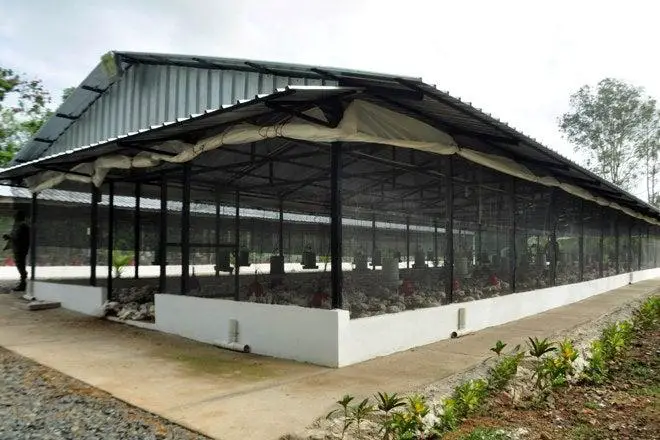
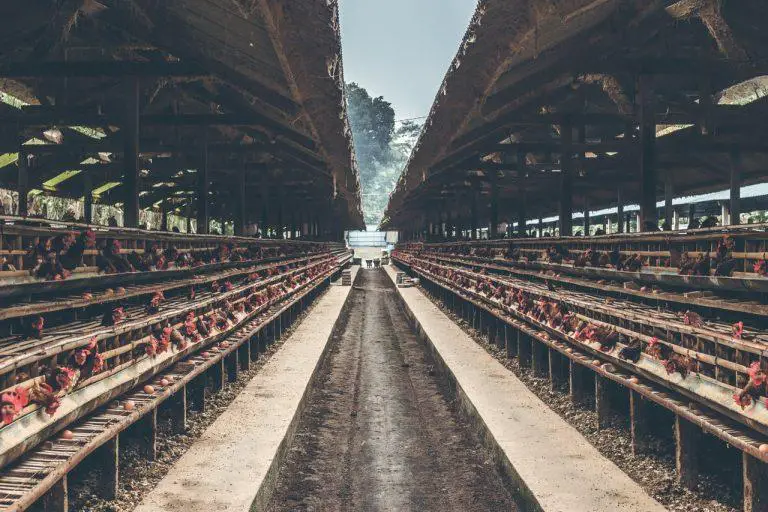
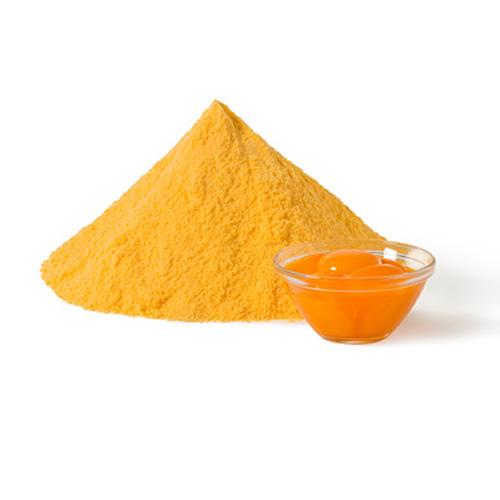
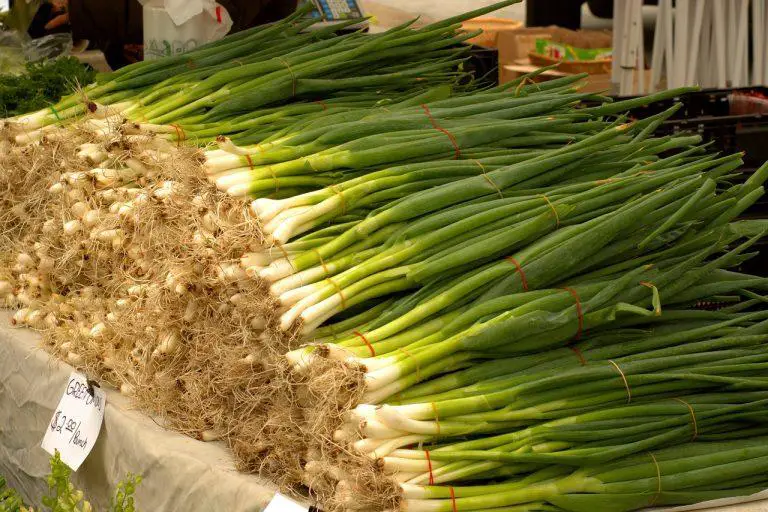
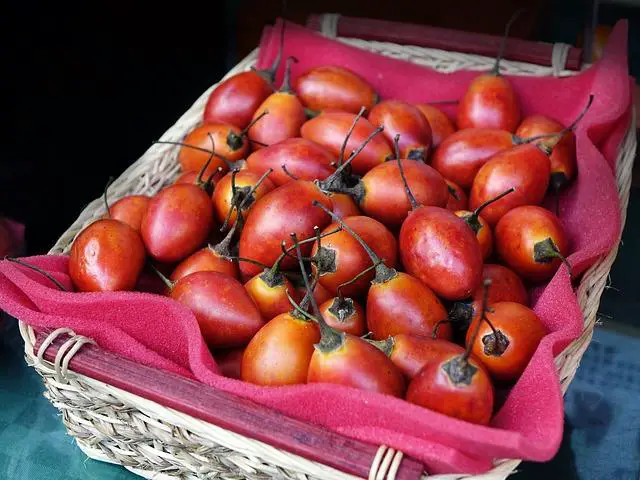
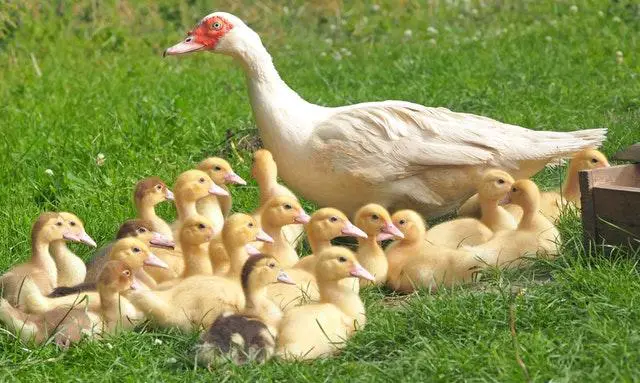
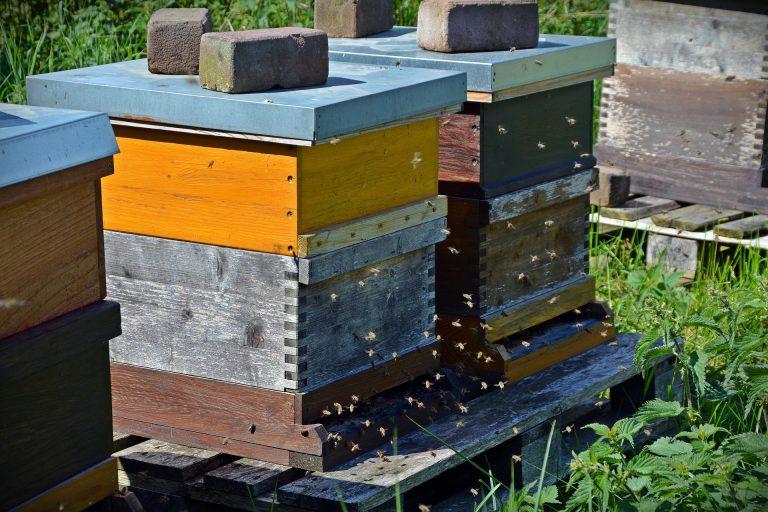
Good information.
In the case of free range…
In the case of free range and semi intensive system of poultry keeping, what kind of grass or plant do i need to grow in my compound as a supplementary feed for my chicken?
I à looking to start a…
I à looking to start a chicken farming business in a tropical country and would like to know what is the ideal size/blueprint for the poultry house for 5 000 000 chicken
Interested ! I need more…
Interested ! I need more updates on poultry farming on small scale basis a start for example of 100 chicks,30 at a point of laying eggs layers with the roasters. Most important the plan of the house.
Nice one
Nice one
Good information. I want to…
Good information. I want to venture into polutry farming. Need more updates
please let me no more about…
please let me no more about chicken
please let me no more about…
please let me no more about chicken
Very entertaining, educating…
Very entertaining, educating, and informing….. A very good write up…..
Thank you for this very…
Thank you for this very helpful information. Please let me know more about this topic.
Very helpful information for…
Very helpful information for anybody who wishes to join the Poultry industry!
Wonderful piece as a new…
Wonderful piece as a new poultry farmer i would appreciate more of this.
This is very useful info.
This is very useful info.
very educative article here…
very educative article here.just the info that i needed!
This article is…
This article is interestingly educative. I totally enjoyed reading it. Pls keep up this good work.
New farmer need your help
New farmer need your help
please send me new…
please send me new information as it beomes available
This is really interesting…
This is really interesting.please send me updates on poultry farm house and how to control their disease. thanks
Thank you for the…
Thank you for the information.Please I request you to to be updating me on new developments for poultry farming .Thank you.
Thank you very much. This is…
Thank you very much. This is very helpful.
Keep me updated with best…
Keep me updated with best practices in Poultry farming.
Thanks your information will…
Thanks your information will help me in stating better
thank you so much
The most valuable literature…
The most valuable literature on poultry keeping. Kindly provide me with the literature on poultry diseases and how to manage them
Please send me A to Z on…
Please send me A to Z on beginners course on how to start a poultry farm for commercial purposes.
Pls send me A to Z on…
Pls send me A to Z on beginners course on how to start farm for commercial purposes thanks
Very educative, insightful…
Very educative, insightful and written in very simple English to aid the readers understanding.
HI, found you have…
HI, found you have informative information.
I would like to have more and more
hi, it is very helpful…
hi, it is very helpful kindly send me more articles on rearing broiler chics from building to slaughtering
This is very helpful and…
This is very helpful and productive. Thanks!
Good information, valuable…
Good information, valuable to me as I chart my way in kienyegi rearing
Very educative info.
Very educative info.
Please send me updates on…
Please send me updates on this article
This is really good…
This is really good information
Kindly send me the best…
Kindly send me the best paultry practices writeup.
Well presented info. Thank…
Well presented info. Thank you. Please send more.